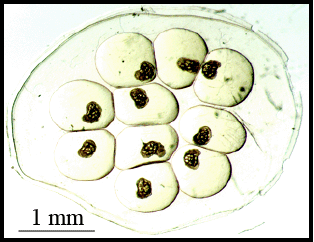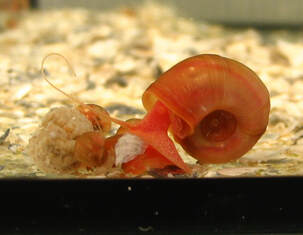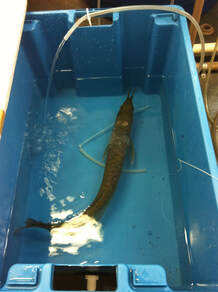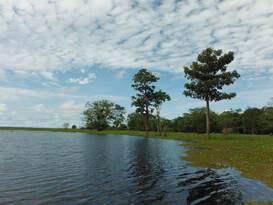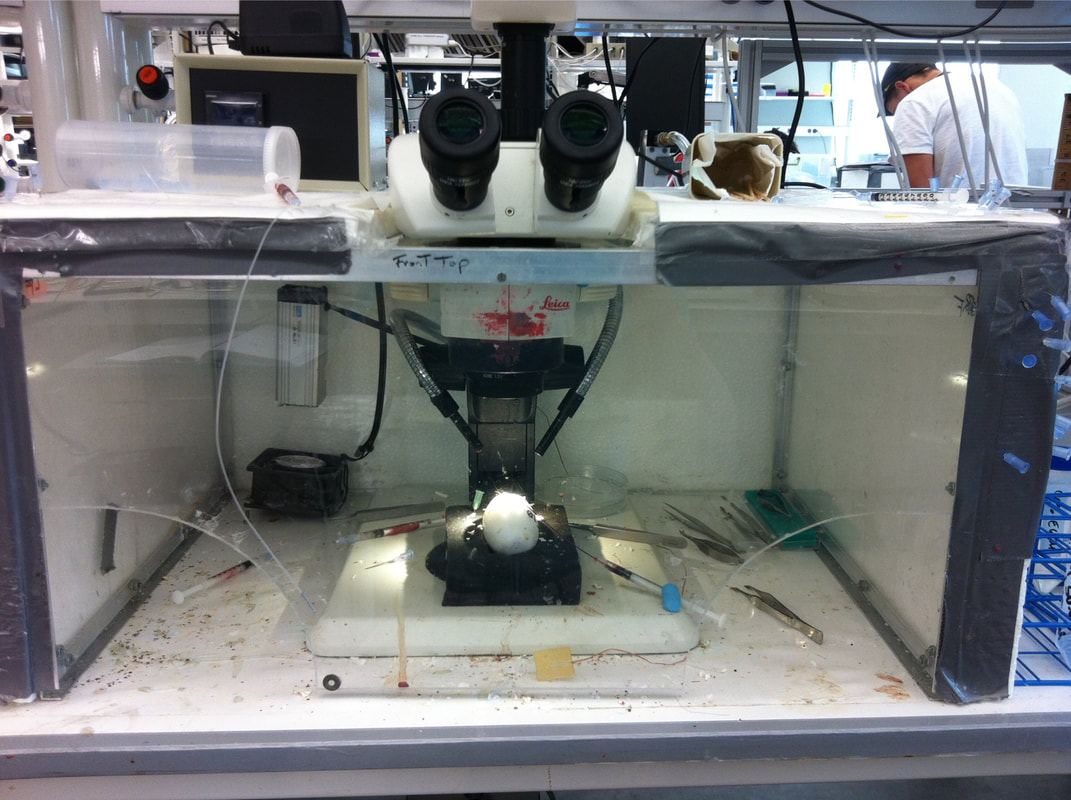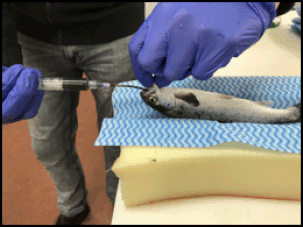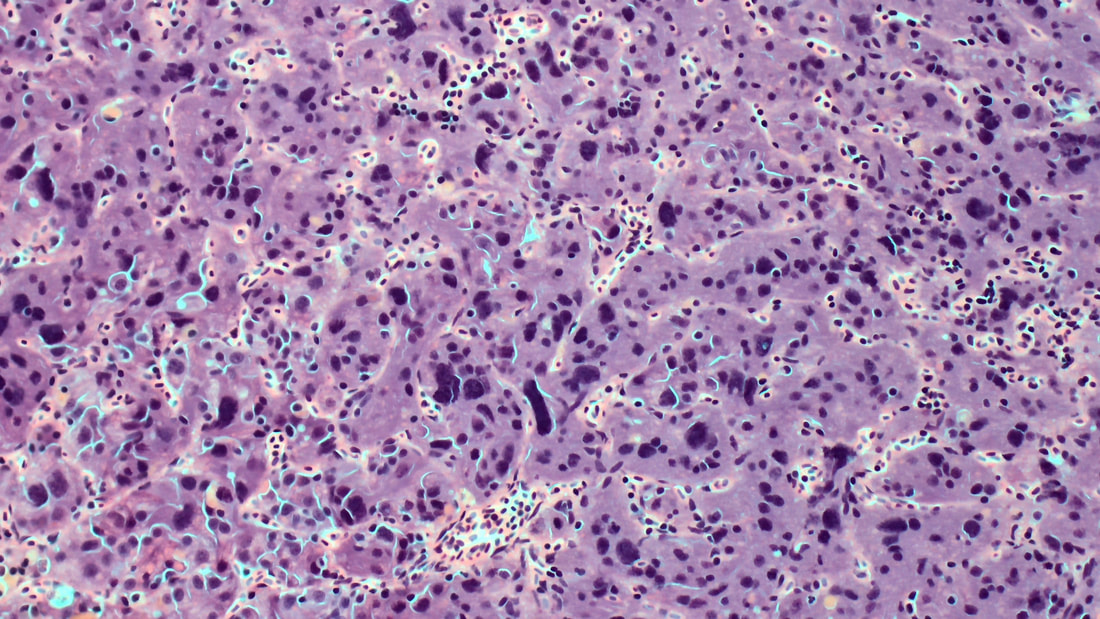Research
Behavioural response to hypoxiaFreshwater pond snails inhabit environments subjected to daily and seasonal periods of low oxygen (hypoxia). Embryos of Helisoma trivolvis, a pulmonate pond snail are found throughout North America and are encapsulated within an egg capsule, contained within an egg mass. These embryos exhibit a robust rotational behaviour during hypoxia that is hypothesized to stir the capsular fluid to enhance delivery of oxygen during periods of hypoxia. I investigated the response of this behaviour to hypoxia to understand how it enhances embryo survival.
Key publications:
|
Strategies of acid-base regulation during high CO2
|
Many aquatic environments experience high CO2, ranging from 2 - 8 kPa (~20,000 - 80,000 uatm) such as aquaculture ponds and tropical freshwaters of the Mekong and Amazon Rivers. Fish exposed to high CO2 typically experience a reduction in blood and tissue pH, however, there are limits to extracellular (blood) pH regulation at CO2 levels beyond 3 - 4 kPa which may also limit tissue pH compensation leading to difficulties surviving these conditions. Fish living in these high CO2 environments were hypothesized to use a different strategy of pH regulation termed "preferential intracellular pH regulation" which prevents any reduction in tissue pH despite sustained reduction in blood pH. I investigated if preferential intracellular pH regulation is common and widespread strategy of pH regulation amongst fish.
Key publications:
|
Developmental change in acid-base regulation
|
Some animals, such as reptiles, experience high CO2 during development as nest CO2 levels can reach 6 kPa (~60,000 uatm). I investigated how two reptile species (American alligator and common snapping turtles) regulate extracellular and tissue pH during high CO2 exposure at different developmental stages ranging from 70% to hatch, to yearlings.
Key publications:
|
Algal toxins and physiology
|
Harmful algal blooms release toxins into the aquatic environment affecting animals. Toxins associated with blue-green algae (cyanobacteria) are believed to be associated with net pen liver disease (NPLD), a serious disease of salmon that is hypothesized to arise from exposure to microcystins, a cyanobacterial toxin that is commonly associated with freshwater environments and some marine environments. Incidences of toxic cyanobacterial blooms are increasing due to climate change, eutrophication, and other anthropogenic driven factors. Current work in the lab investigates the presence of algal toxins (including microcystins) in freshwater systems across Texas and seeks to understand how toxin exposure impacts fish and aquatic invertebrates (e.g., crayfish and freshwater mussels). This work addresses questions relevant to conservation and land use management.
Key publication:
|
Sturgeon physiology
|
White sturgeon (Acipenser transmontanus) is the largest freshwater fish species in North America and are believed to have existed as a species for over 46 million years, with sturgeon as a group originating roughly 200 million years ago. Due to their 'primitive' origins and threatened conservation status, they represent an excellent model to investigate physiology questions to provide insight into the evolution of fishes and improve our understanding of the physiological responses to natural and human-driven environmental changes. In collaboration with Dr. Dan Baker, we are investigating how salinity acclimation and water chemistry affects acid-base and ion regulation.
Key publication:
|
|
